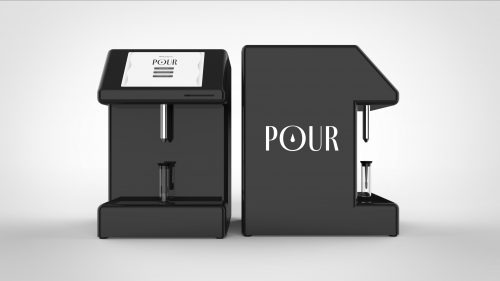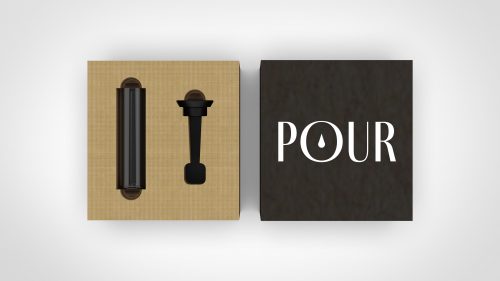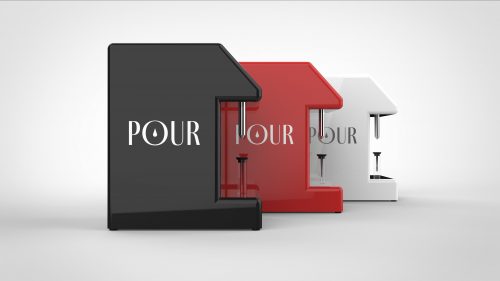Product Name: Pour
Topic/problem description
As the beauty industry continues to grow exponentially, most companies are more or less marketing the same products. What separates each company is its unique packaging. Nevertheless, with more and more packaging comes a point of excess waste of single-use plastic. But who is to blame: the companies or the consumers? Unfortunately, there is no clear-cut answer to that question. While cosmetic companies are responsible for their product output, consumers must also take the initiative to properly recycle or dispose of the packaging that remains post-consumption. The question that remains is: how might we reduce waste in cosmetic packaging by implementing a third-party system into existing brands while creating a custom and engaging retail experience for consumers.
Primary research showed a consumer will prioritize themself before anything else in a shopping experience; it is apparent that most consumers are driven by what will help them as individuals rather than seeing the big picture. Nonetheless, this can be done on the behalf of our environment by either giving the consumers the knowledge and satisfaction of helping our planet, or it can virtually go unknown to the consumer and keep the visible focus on the flashy, surface-level pieces they interact with.
In 2019, this global market was valued at 532 billion dollars. By 2025, the value of the beauty industry is expected to reach, or even exceed, 800 billion dollars (Danziger, 2019). Unsurprisingly, this correlates to women spending nearly a quarter of a million dollars on their appearance in their lifetime (SWNS, 2017). But, all of these cosmetic products also have some form of packaging. In 2018, the value of the global cosmetic packaging market was 25.9 billion dollars and continues to grow; each year this industry sells about 166 billion units globally (Drobac et al., 2020). This number is expected to increase due to the escalating demand for youth beauty products, innovative packaging designs, and middle-class-targeted beauty products.
Creating a new line of “sustainably” packaged products might seem like an obvious path to take, however, with the amount of competition and brand loyalty surrounding the beauty industry, it may not be the best solution. Because of this, I decided to focus on making adjustments within well-established brands while maintaining their identities.
Solution
The Pour system is the in-store, mix-your-own custom foundation kiosk that uses Pantone Color IQ technology to accurately match your complexion, allow you to make slight adjustments to your calculated shade, and dispense foundation on-demand. Pour is for customers who are loyal to existing brands and want more product and less single-use plastic.
This system is made for cosmetic companies that have their own designated stores, makeup counters, or even pop-ups. With the option to change the color of the kiosk’s outer shell, brands can easily add a touch of their aesthetic to the Pour machine and make it more cohesive in their stores.
Consumers can purchase a “starter kit” with a reusable bottle and stopper that eventually ends up in a closed system rotation. They can choose to clean the bottles themselves before getting a new pour, or they can return it at their partnering Pour retailer and receive a clean one in exchange.
Help the environment by joining this closed-loop return system while improving your color experience with your favorite, trusted foundation.
References
Danziger, P. N. (2019, September 1). 6 Trends Shaping The Future Of The $532B Beauty Business. Forbes. https://www.forbes.com/sites/pamdanziger/2019/09/01/6-trends-shaping-the-future-of-the-532b-beauty-business/?sh=2cc242c7588d.
Drobac, J., Alivojvodic, V., Maksic, P., & Stamenovic, M. (2020). Green face of packaging –sustainability issues of the cosmetic industry packaging. MATEC Web of Conferences, 318, 1022. doi:10.1051/matecconf/202031801022
SWNS. (2017, July 6). Vanity costs American women nearly a quarter of a million dollars. New York Post.



